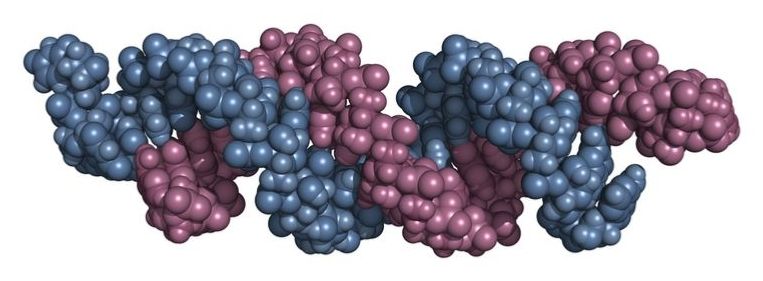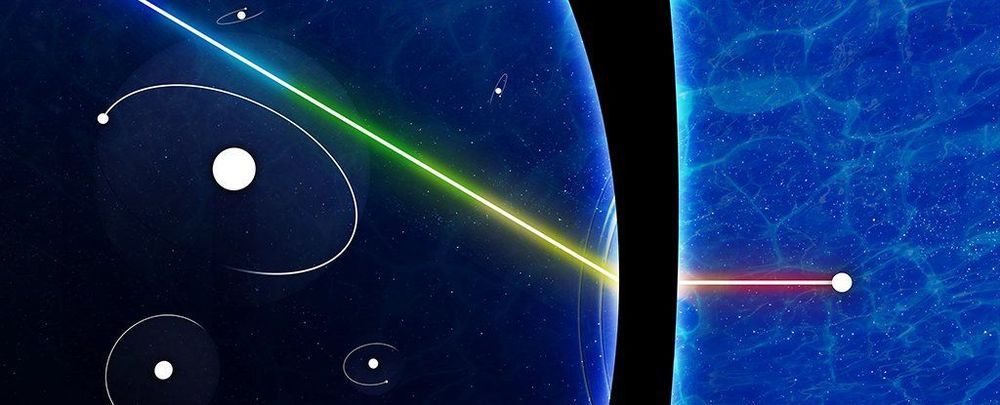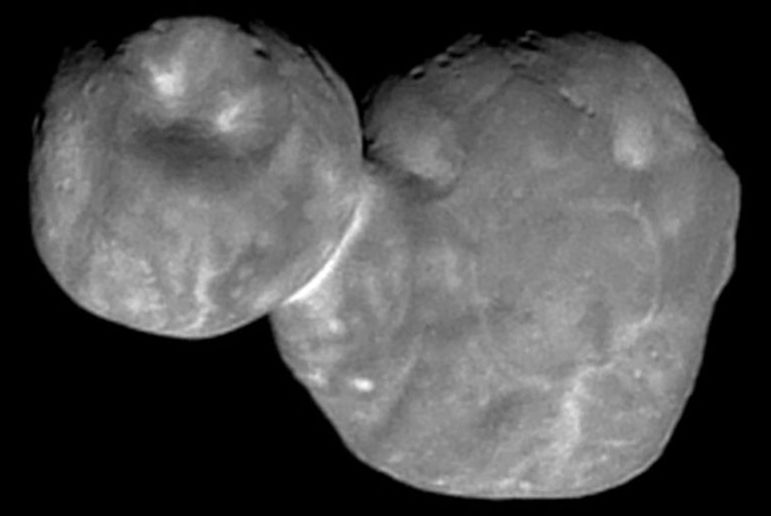Mar 20, 2019
Local extinction of Southern California mountain lions possible within 50 years
Posted by Quinn Sena in categories: existential risks, genetics
Two isolated mountain lion populations in southern California’s Santa Ana and Santa Monica Mountains are at risk of local extinction, perhaps as soon as within 50 years, according to a study published in the journal Ecological Applications.
The study showed the extinction risk is due to low genetic diversity and mortality that affects the stability of the population. Mountain lion mortality is often caused by humans, but can also result from changes in the environment, such as wildfire and fluctuations in prey density.
Continue reading “Local extinction of Southern California mountain lions possible within 50 years” »

















